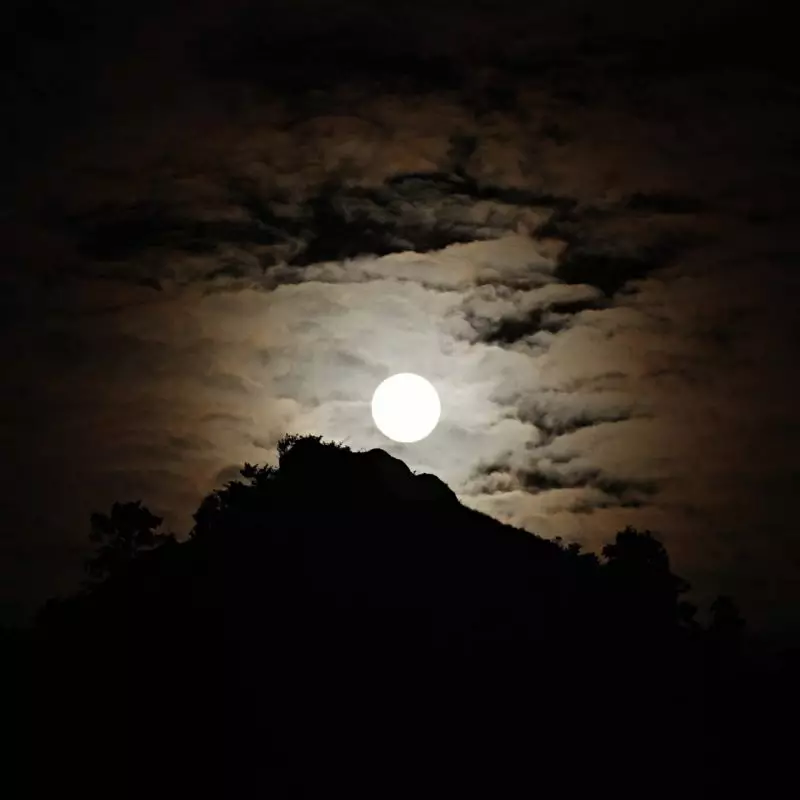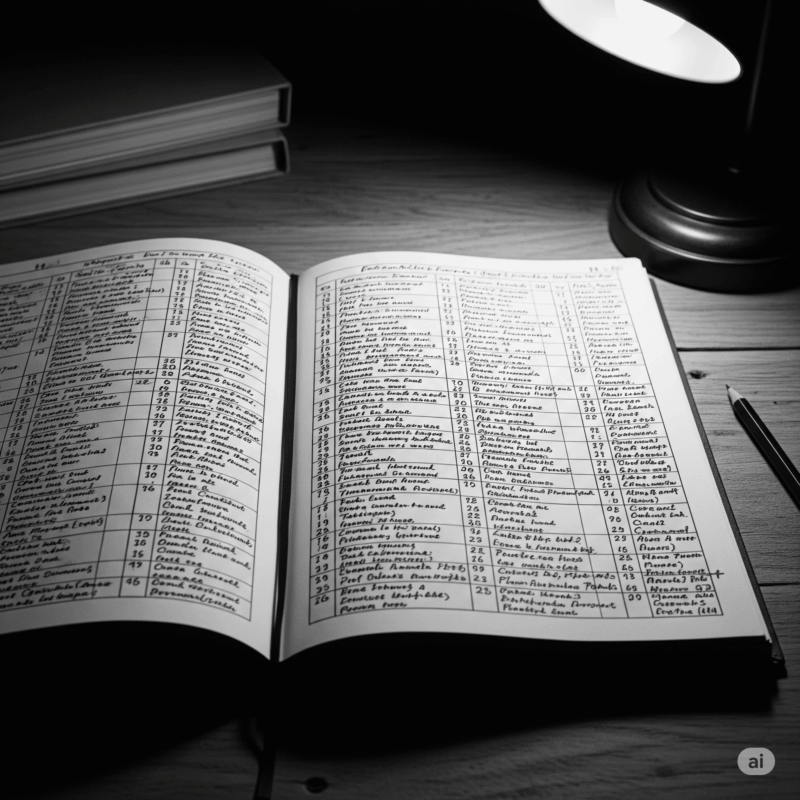On the Toltec path, what we call devaneio in Portuguese corresponds exactly to what Don Juan called ensueño in Spanish and to what Castaneda’s books translate in some passages into English as daydreaming. Although, in everyday usage, these terms might suggest idle imagination or mental distraction, in the context of the Nagualism they carry a much more precise and profound meaning: they refer to the ability to shift the assemblage point away from the ordinary configuration of reality, directly accessing the Second Attention through vivid images, active symbols, and nonlinear perceptual experiences. Ensueño, devaneio, or daydreaming — they are simply different cultural names for the same energetic practice: the art of seeing with the eyes of Intent.
There is a subtle line — delicate as moonlight over a still lake — that separates voluntary imagination from true daydreaming, and it is precisely along this fine edge that the warrior must learn to walk. At first glance, fantasy and daydreaming may appear to wear similar clothing: both bring inner images, scenes, and voices within the stream of thought. Yet with a slightly more attentive gaze, the difference becomes clear, for what we call authentic daydreaming does not arise from a personal impulse to control or embellish experience, but from a vaster breath that settles over silence when the will of the self retreats.
To fantasize is to produce; to daydream is to receive. Fantasy feeds the ego and comforts it, directing the narrative according to the expectations of the waking dreamer. True daydreaming, on the other hand, arrives like an unannounced visitor who, without asking permission, opens hidden doors within perception and brings with it a depth that no mental invention can imitate. While fantasies may be intriguing, they dissolve quickly — like smoke in the wind — once distraction sets in. But a true daydream leaves footprints in the inner sand, marks the energetic body with a shiver, a warmth, a prolonged silence, and continues to resonate even when the rational mind still doesn’t understand what has happened.
To clarify this distinction, the path offers a tripod of practices that support and nourish one another. First comes stalking, the art of watching one’s own thoughts with the sharp blade of attention — dismantling habits of self-pity, masks of the ego, and personal stories that strive to reaffirm themselves at every turn. When stalking is practiced with rigor, the inner ground is cleared of weeds, and little by little, a space emerges — free of automatic dialogues and reactive emotions. That space is inner silence: not a dead void, but a fertile field where no mental noise dominates, and precisely because of that, something new can begin to grow. It is then — and only then — that daydreaming arises, not as the fruit of a thematic choice (“I want to daydream about this or that”), but as the result of a resonance between the silent warrior and the Intent that, finding the house clean, chooses to sit at the table and pour out living images full of intention and mystery.
When the vision arrives, it surprises. It does not confirm expectations, it does not obey the dreamer’s personal aesthetics, and it often brings no comfort at all — yet it carries a recognizable spark that touches the chest, the solar plexus, or the belly, leaving internal traces that thought cannot erase. At that moment, the daydreamer understands, without words, that the content was not chosen — it was granted — and that their role is not to direct the scene, but to witness it with impeccable lucidity, whatever it may be.
This posture roots a precious paradox: the daydreamer surrenders, but is not lost. They remain as receptive as a silent mirror, yet as alert as a guardian watching over their own attention. They do not interfere, and yet, they participate with their whole body. Thus, the assemblage point, freed from the grip of the everyday narrative, shifts — and with it, the perceptual reality transforms, revealing geometries that cannot be described except through the very images that arise. When authentic, daydreaming transforms; it does not reaffirm old identities, but dissolves boundaries, tears away veils, and leads the practitioner into regions where the self, at times, must die symbolically to be reborn more lightly.
That is why the order is non-negotiable: without stalking, daydreaming degenerates into seductive delusion; without daydreaming, stalking dries into mere narcissistic control; without silence, both dissolve into confusion. The warrior who ignores this internal architecture risks spinning in circles, believing they are experiencing something extraordinary, when in truth, they are merely recycling projections. But the one who honors the sequence — first watches the ego, then cultivates fertile emptiness, and finally offers themselves to the mystery — learns that true content is never requested; it appears only when the Intent finds a place.
This, then, is the heart of this brief treatise: the daydreamer does not choose. They do not select the topic, do not program the vision, do not summon symbols at will. Their only real choice is to prepare themselves with discipline and purity, and then surrender to whatever wishes to be seen through them. And when the scene finally rises on the dark stage of silence, they know that all that remains is to watch — and allow the gaze, touched by something greater, to become the very act of seeing.
If any doubts remain, recall the simple rule Don Juan would whisper in the desert twilight:
“If you can predict what will appear, it’s fantasy. If what appeared leaves no echo in your body and doesn’t change you, it’s invention. But if the unexpected seizes you, marks your glow, and silences your questions — then, my friend, you have touched true daydreaming.”
Gebh al Tarik

